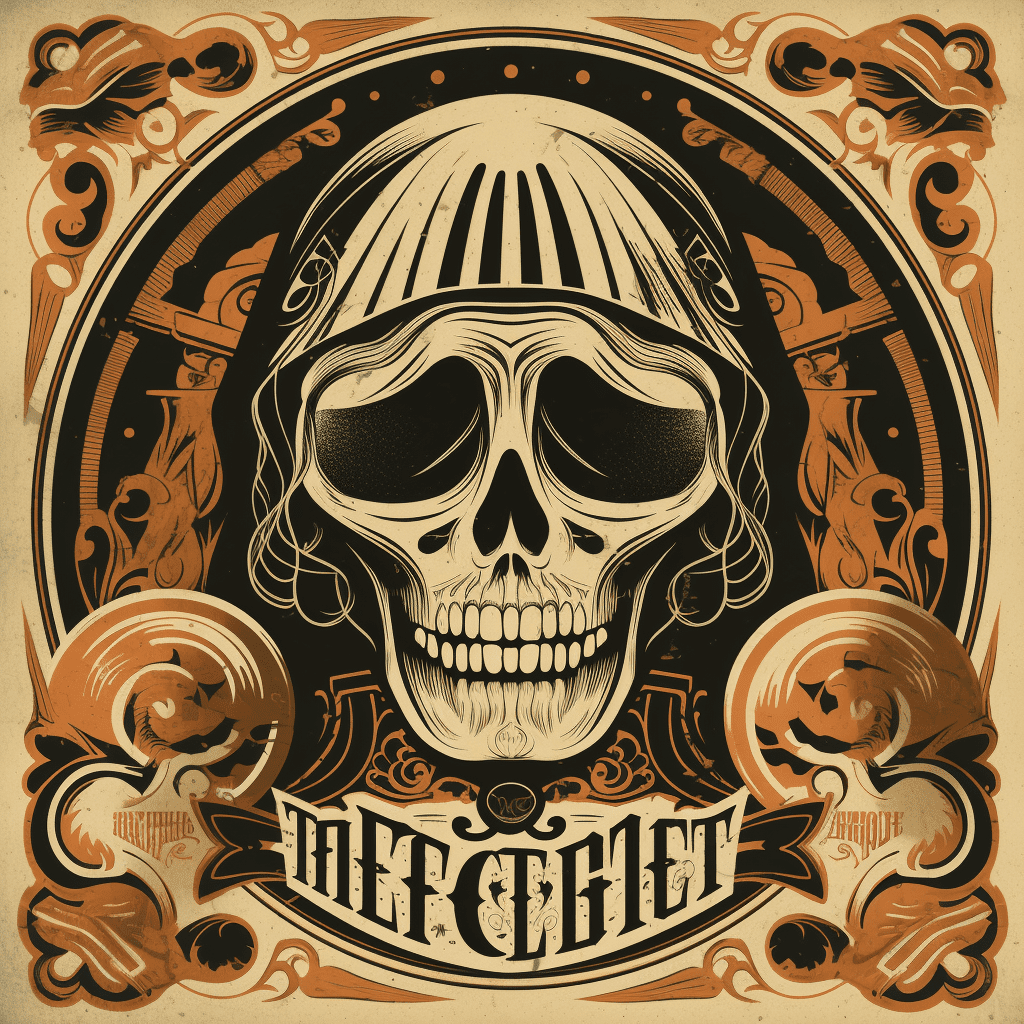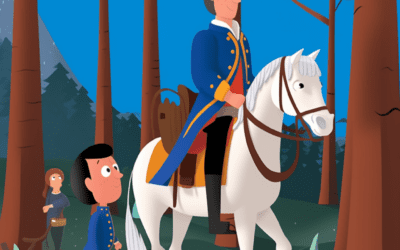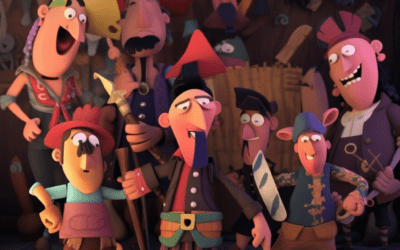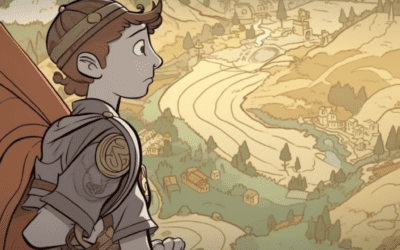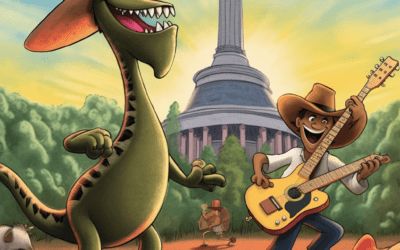The origins of trick-or-treating: A historical perspective
Halloween, with its costumes and abundance of candy, is a favorite holiday for many. But have you ever wondered why we go door-to-door asking for treats on Halloween night? Let’s take a historical perspective to understand the origins of trick-or-treating.
Ancient Roots
The practice of going from house to house and receiving treats can be traced back to ancient traditions. One such tradition comes from the Celtic festival of Samhain, which marked the end of the harvest season and the beginning of winter. During Samhain, people believed that the border between the world of the living and the realm of the dead blurred, allowing spirits to roam the earth. To appease these spirits, people would leave food and treats outside their doors.
All Hallows’ Eve
As time went on, the Celtic festival of Samhain merged with the Christian holiday of All Hallows’ Eve, the night before All Saints’ Day. On All Hallows’ Eve, people would prepare food offerings to honor the souls of the dead. It was common for poor and beggarly individuals to go door-to-door around their community, receiving food in exchange for prayers for the deceased. Known as “souling,” this act of going door-to-door for treats carried on the tradition of leaving food for spirits.
The Influence of Guy Fawkes Night
In England, another holiday called Guy Fawkes Night also played a role in shaping the modern tradition of trick-or-treating. Guy Fawkes Night, celebrated on November 5th, commemorates the failed Gunpowder Plot of 1605. On this night, people would go door-to-door, asking for “a penny for the Guy,” to fund the purchase of fireworks. This act of asking for money or treats became known as “guising.”
Halloween in America
Halloween as we know it today was brought to America by Irish and Scottish immigrants in the 19th century. Along with their traditions came the customs of souling and guising. However, it wasn’t until the early 20th century that the practice of trick-or-treating gained popularity in America.
Modern Trick-or-Treating
Trick-or-treating became a widespread activity in the United States during the 1930s and 1940s and has since become a cherished Halloween tradition. Today, children dress up in costumes and go from house to house, ringing doorbells and saying “trick or treat!” in the hopes of receiving candy.
Safety Measures
To ensure children’s safety during trick-or-treating, various precautions have been put in place. Parents often accompany young children, and communities establish designated times for trick-or-treating. Additionally, many towns and cities encourage well-lit streets, and individuals are encouraged to give out pre-packaged treats for safety purposes.
Conclusion
The origins of trick-or-treating can be traced back to ancient Celtic and Christian traditions. Influenced by the practice of leaving offerings for spirits and the custom of guising, trick-or-treating has evolved into a popular Halloween activity. By understanding its historical roots, we can appreciate the rich traditions and joy that accompany Halloween night.
Now you know the historical perspective on the origins of trick-or-treating!

